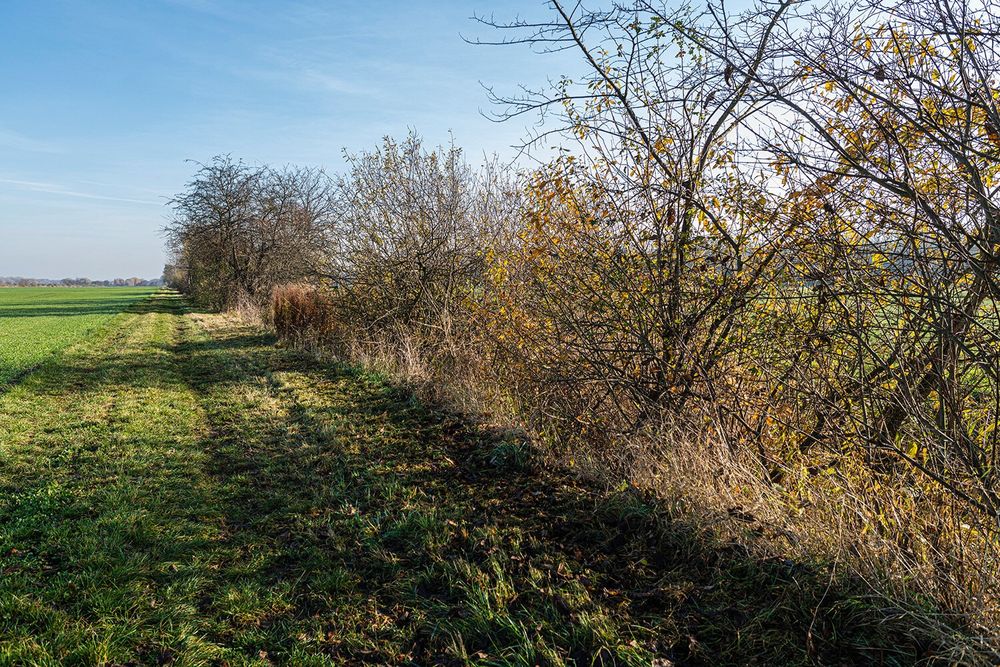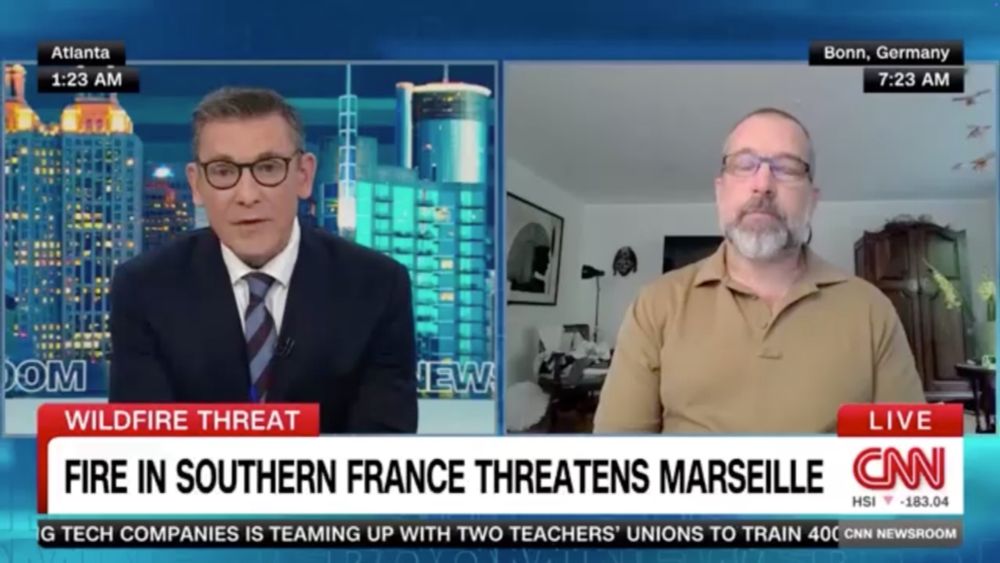Marcus Lindner
@marlind.bsky.social
210 followers
140 following
42 posts
Forest scientist at European Forest Institute, Bonn, Germany
Head of Resilience programme
Social-ecological resilience, Climate Change Impacts and Adaptation, Sustainability, Forestry, Carbon Cycle, Ecosystem Services, Biodiversity
Posts
Media
Videos
Starter Packs
Marcus Lindner
@marlind.bsky.social
· Sep 6
Marcus Lindner
@marlind.bsky.social
· Sep 2
Marcus Lindner
@marlind.bsky.social
· Aug 27

Jogging through the forests of our future: How Europe is headed towards Integrative Forest Management - Resilience Blog
Article written by Florian Schnabel (University of Freiburg) I often go running in the hills surrounding Freiburg, Germany. The jogging trails stretch from the Rhine valley to…
resilience-blog.com
Reposted by Marcus Lindner
Fintan Kelly
@fintankelly.bsky.social
· Jul 19

Researchers identify five steps to successful nature restoration
Many European ecosystems—whether it's forests, rivers, fields, or meadows—are in poor condition. Despite all conservation efforts, biodiversity continues to decline. However, experts are hopeful that ...
share.google
Marcus Lindner
@marlind.bsky.social
· Jul 10
Reposted by Marcus Lindner
Carbon Brief
@carbonbrief.org
· Jul 5

Why climate action is unstoppable — and "climate realism" is a myth
In this urgent and hard-hitting talk, Nobel Laureate Al Gore thoroughly dismantles the fossil fuel industry’s narrative of "climate realism," contrasting their misleading claims with the remarkable…
www.ted.com
Marcus Lindner
@marlind.bsky.social
· Jun 22
Marcus Lindner
@marlind.bsky.social
· Jun 19
Marcus Lindner
@marlind.bsky.social
· Jun 19
Reposted by Marcus Lindner
Marcus Lindner
@marlind.bsky.social
· Jun 3

Not just dead wood: Why forests need their old and decaying trees - Transformit
If we ask you to think of a healthy forest, you might picture tall, straight trees, green canopies, and neat trails. But some of the most valuable parts of a
transformforests.eu
Marcus Lindner
@marlind.bsky.social
· May 12

Biodiversity and Management as Central Players in the Network of Relationships Underlying Forest Resilience
Forests are facing growing threats from climate change and other disturbances. By reviewing hundreds of studies worldwide, we identified key factors—such as biodiversity and specific management pract...
onlinelibrary.wiley.com
Marcus Lindner
@marlind.bsky.social
· May 12

Fresh off the press: research study explores how biodiversity and forest management affect resilience -
Climate change and other global pressures are putting forests at risk, making it crucial to find ways to help forests bounce back after disturbances. A new RESONATE study reviewed over 300 scientific ...
resonateforest.org
Reposted by Marcus Lindner













